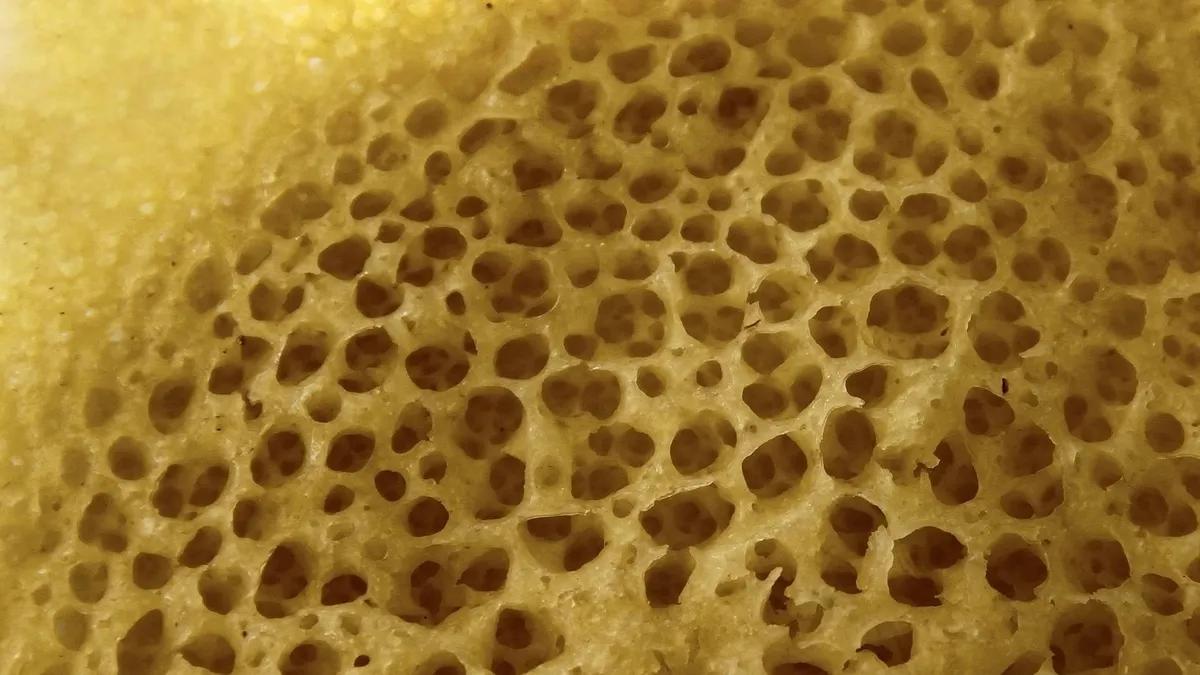With This Device, Robots Can Move Delicate Objects
Researchers At The University Of Bristol Have Developed A Spongy Device That Can Help Rigid Robots Pick Up And Move Delicate Objects.
Currently, robots can do many things, but they are too rigid to hold an egg easily and safely without breaking. To solve this problem, devices with variable stiffness and a silicone sponge can provide a suitable solution.
Stiffness, also known as softness, is essential in contact scenarios, explained lead author of the new study Tianchi Yu from Bristol’s Department of Engineering Mathematics.
Robotic arms are too rigid, so they can’t have a soft grip like a human hand on delicate objects like an egg.
What differentiates humans from robotic arms is that we have soft tissues that surround the rigid bones and act as a natural adjusting mechanism.
In this study, we developed a soft device with variable stiffness to be mounted on the terminal robotic arm to secure robot-object contact.
It is cheap and available.
The best advantage of this project is that the new device consists of a silicone sponge, which is a cheap and easy material to manufacture. Once compressed, the sponge hardens, which is why it can be made into a device with variable stiffness.
Yu added, “We managed to use a sponge to make a cheap and clever but effective device that can help robots make smooth contact with objects.” The great potential of this technology comes from its low cost and lightweight.
We believe that this silicone sponge-based variable stiffness device offers a new solution in industry and healthcare, for example, the need for adjustable stiffness in robotic polishing and ultrasound imaging.
Now, the team is focused on giving the device variable stiffness in different directions, including rotation. This device is used in industrial robotics, including grabbing jelly, eggs, and other fragile materials. It can also be used in service robots to make human-robot interaction safer and more convenient.
Scientists have been trying to give robots a sense of touch for a long time. Just last week, Stanford University professor Zhenan Bao and his team announced the invention of a multi-layer self-healing artificial electronic skin that mimics reality and allows robots to feel human.











